Turkey in Pictures, published in 1936 was meant to highlight the accomplishments of the “new” Turkish Republic under the leadership of Kamal Ataturk. The photographic album opens with a short introduction, written in Turkish, French, English, and German, that blames “Occidental colonization” for the demise of the Ottoman Empire. It goes on to praise the Turkish people for uniting their ancestral homeland against outside influences (namely western Europe). The dominance of Ataturk’s philosophy is clear as the text praises Kamalism as “the ideologic religion of the Turkish Republic.”
The album includes 154 pages of sepia-toned photographs taken by the Austrian born photographer Othmar Pferschy. The book has the unusual feature of allowing for the insertion of additional pages. It is held together by two screws that can be loosened and removed to add more materials.
The State Printing Press hired Pherschy in 1935 because they could not find a Turkish candidate with equivalent skills. It’s ironic that Pferschy was hired shortly after the Turkish parliament passed act 2007, which prohibited foreigners from working in the field of photography.
When Ataturk came to power after the collapse of the Ottoman Empire at the end of World War I, one of his first tasks was to move the capital from the coastal city of Istanbul, to Ankara, in the interior. The photographs in the opening section of the album feature Ankara, as a modern capital with wide-open boulevards, contemporary architecture, institutions for learning, government buildings, and monuments celebrating what was seen as a new and brighter era in Turkish history.
The following section looks at the former capital Istanbul. The pictures focus on the beauty of the city’s Islamic heritage, life along the Bosphorus and panoramas from a distance. However, there are no images that show any of the castles or buildings that were the empire’s seat of power. There seems to have been a deliberate attempt to relegate Istanbul from the powerful capital of an empire to a cultural center with no political significance.
The next section is dedicated to Turkey’s villages and countryside. It’s easy to tell that Pferschy traveled extensively throughout Turkey to capture the beauty of the country in its entirety. Water seems to be the theme running through all of the photographs in this section. By featuring the thermal baths at Bursa, just south of Istanbul, to the raging waters of the Coruh River, in the very northeast of the country, the editors of Turkey in Pictures wanted to show a land that was fertile and prosperous. There are also scenes of fisherman with their nets and large tracks of farmland at the foot of snowcapped mountains that sends a message about Turkey’s abundant resources.
The focus then shifts to archeological sites around the country. There are images of ancient sites that range from Ancient Greek to Roman to Hittite sites, as well as close ups of Islamic art including tiles and wood work that adorn mosques.
The most comprehensive segment of Turkey in Pictures is the section on the economy and constructive works. The first four pictures show artists making pottery by hand, but then the focus abruptly switches from arts and crafts to heavy industry, manufacturing, and bridge and dam construction. It’s obvious by the sheer number of images presented in this section that the main focus of this work was meant to present Turkey as an industrial powerhouse following the Great War.
Turkey in Pictures was published in the mid-1930s, a time when the United States and Europe were in the grips of the Great Depression. Furthermore, the devastation caused by WWI to the people and infrastructure of Europe was still plaguing the continent. However, this album seems to be sending a different message about Turkey. Its focus on grandiose economic projects launched by the new nationalist government led by strongman Ataturk, is meant to show that Turkey is well on its way to recovery while the western world is still reeling from the effects of one of the worst economic collapses in history.
The final section, Man and Civilization, is in many ways a continuation of the previous section on the economy. Here, the editors portray Turkey as a modern nation, on par with Europe. It features photographs of women dressed in western clothes, without head covering, participating in calisthenics and working and studying alongside men. This social transformation captured the spirit of the new Turkey. Gone were the days of women hidden behind veils or in harems. Kemal Ataturk’s obsession was to highlight the occidental character of the Republic.
While Pferschy’s other work, featured in the exhibition titled: The Tale of Two Photographers, is more artistic in nature, the majority of the photographs in Turkey in Pictures are politically-driven and meant to reinforce the official message that Turkey was strong and prosperous. In the sections on economic development, modern civilization, and the “new” capital Ankara, it’s obvious that the editors wanted to feature only what was deemed as progressive. Turkey in Pictures is not so much a representation of Pferschy’s artistic abilities as it is a propaganda tool to show off Kemal Ataturk’s vision of the “new” Turkish Republic.
Turkey in Pictures can occasionally be found on the popular auction website ebay.com or on abebooks.com. The price of the book can range anywhere from 150 to 300 U.S. dollars for a first addition.

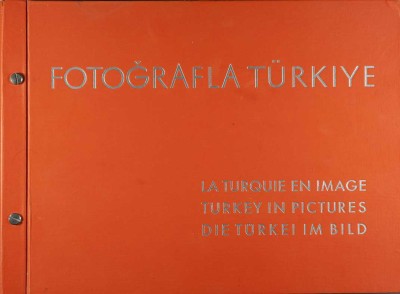
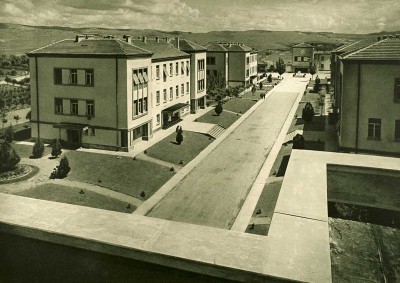
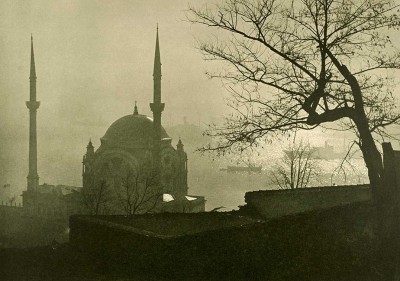
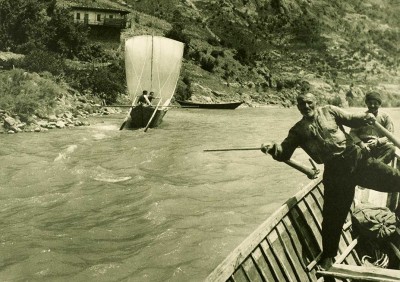
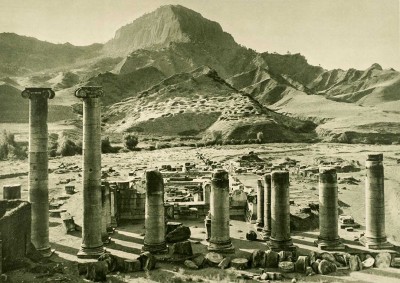
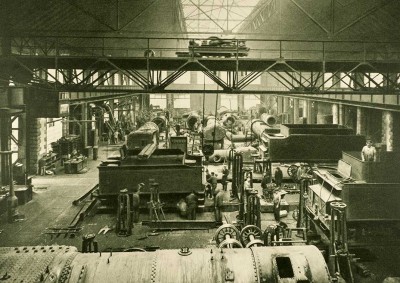
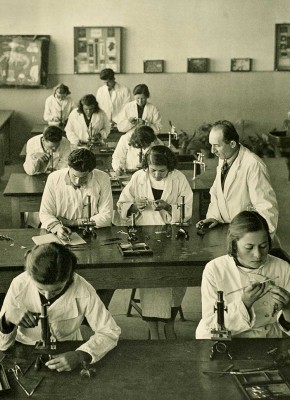
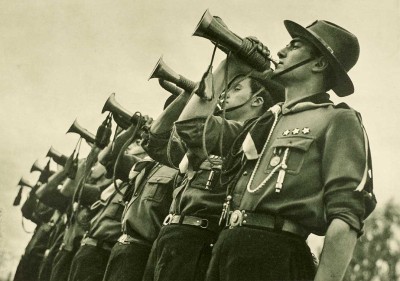
Meanwhile, out in the streets, leftist groups war with nationalists and conservatives, until the 1980 military coup. Suddenly, no one is allowed on the streets after 11pm. Turkey s state-run TV channel shows mostly generals and soldiers. Newspapers are shut down for the tiniest offence and books are banned for objectionable content, including some for children.
I remember that time well. I traveled around the country on buses in the spring of 1979, just before the coup. In the big cities you could feel the tension and I remember in Istanbul being escorted by soldiers after curfew from the famous Pudding Shop to the small hotel I was staying. Every night you could hear guns being shot in the streets.Crazy times!